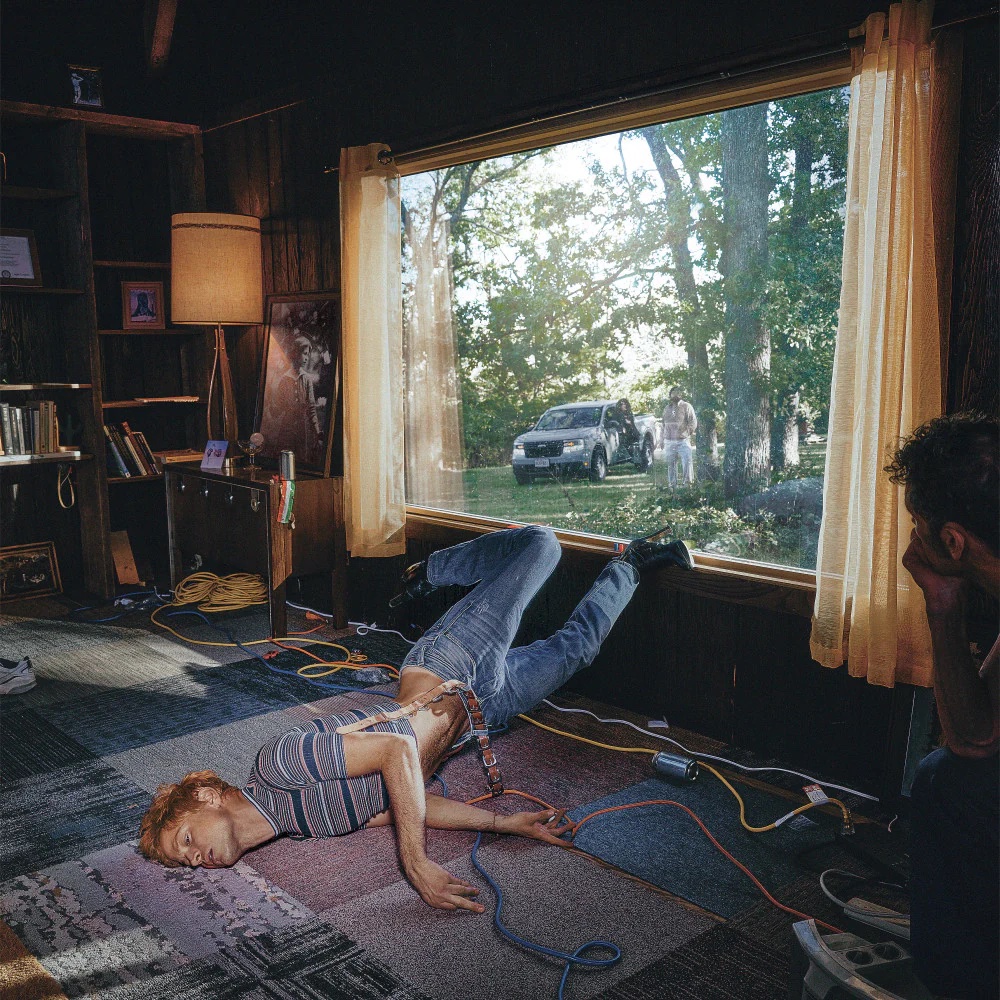In the first edition of her column, deputy arts editor Angela Ramírez reflects on Celia Cruz’s legacy and her relationship with Latin music.
I miss home a little too much sometimes.
Home is only 45 minutes away with decent traffic. Nonetheless, a major component of what that is for me is wildly absent in my daily life now — the warm familiarity of the Spanish language.
Being at Loyola means I’m not speaking Spanish everyday, like I used to, back at home with my parents and siblings.
I’m away from my Colombian mother who incessantly blasts cumbia on her JBL speaker at ungodly hours nearly every Sunday morning. I’m apart from my Mexican father, who — opposite from my mamí — softly hums along to Javier Solís’ ranchera music while he’s cooking an aromatic dinner.
Not having the opportunity to practice my Spanish fluency with friends, peers and fellow members of The Phoenix while away at college feels like a part of me is dissipating — but listening to Latin music has been my personal remedy.
“La Ramírumba” is the written prescription for my homesickness.
Each edition of this column will highlight an important Latin artist along with their legacy, triumphs and how they’ve solidified themselves in the playlist of my life.
It made the most sense to start with the artist who cures my homesickness the most — Celia Cruz, the “Queen of Salsa.”
Born Úrsula Hilaria Celia de la Caridad Cruz Alfonso, the Afro-Latina songstress was born in Havana — the birthplace of salsa music — in 1925. From a young age, Cruz was encircled by a vibrant community of influential musicians who would later guide her successful career, according to the National Museum of African American History & Culture.
After years of studying music at the National Conservatory of Music in Havana, 25-year-old Cruz was selected to be the lead female singer for La Sonora Matancera, Cuba’s acclaimed band.
In the early ‘60s she continued to tour with the group outside of her home country, which became polarized by the Cuban Revolution. Eventually, she moved to the U.S. and wed Pedro Knight, a trumpet player for La Sonora Matancera. Due to her group’s renouncement of the communist movement in Cuba, then-president Fidel Castro exiled Cruz and her music in 1960.
In 1962, two years later, she was denied re-entry into Cuba for her mother’s funeral.
Decades later in 1990, Cruz was allowed to return — solely to perform for American troops at the Guantanamo Bay Naval Base.
Despite the heartache of never truly returning to her homeland, Cruz managed to make a name for herself with her euphonious voice. Her 80 recorded albums are entirely in Spanish, from her upbeat storytelling in the guaracha genre to her generous sprinkling of the word “azúcar” in her salsa songs.
Cruz’s 1998 hit “La Vida Es Un Carnaval” is a Ramírez family favorite.
Aside from the track’s sonorous opening trumpets and brilliantly resounding bongos, Cruz’s lyrics take cognizance of life’s fleeting beauty.
“No hay que llorar / Que la vida es un carnaval / Y las penas se van cantando,” the chorus repeatedly reassures.
The song’s title is the name of my primary playlist on Spotify, one I use to track all of my favorite tunes at any given moment. A picture of my beloved Tia Mariana, who died in 2021, is depicted on the playlist’s cover.
“La Vida Es Un Carnaval” was her anthem. I’m reminded to enjoy my life while I’m living it — just as she did.
While myself and a three-time Grammy award-winning powerhouse have very little in common on paper, I warmly admire her outright passion for performance. Always donning a glittery getup complimented by a fierce, colorful wig, Cruz’s legacy is nothing short of historic and monumental for the Latino community.
Just over 20 years after her death in 2003, Cruz remains a paramount name in music history. She was recently named in the American Women Quarters Program, earning a spot as the 14th coin — her likeness and her signature word “¡Azúcar!” will be featured on the tails side.
Starting my column on the onset of National Hispanic Heritage Month was no accident. I plan on sharing more glimpses into my life’s playlist before I graduate in May — after all, our culture should be celebrated year-round.
Hopefully my homesickness is cured by then.
Featured image courtesy of Lauren Klodnicki












